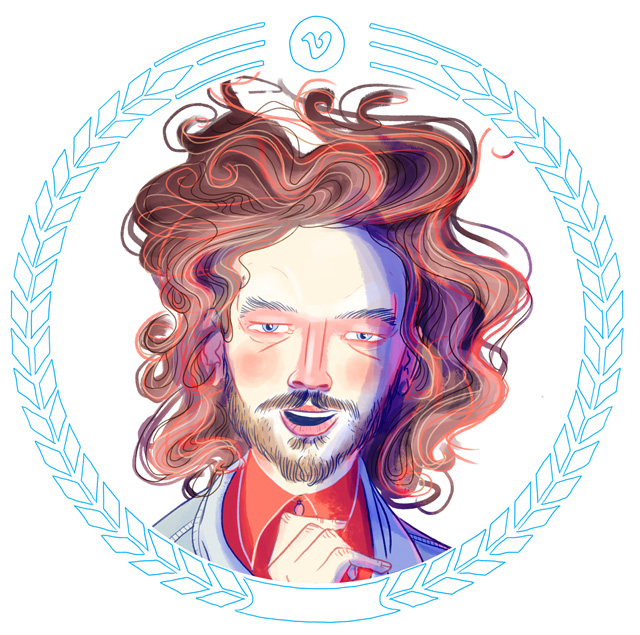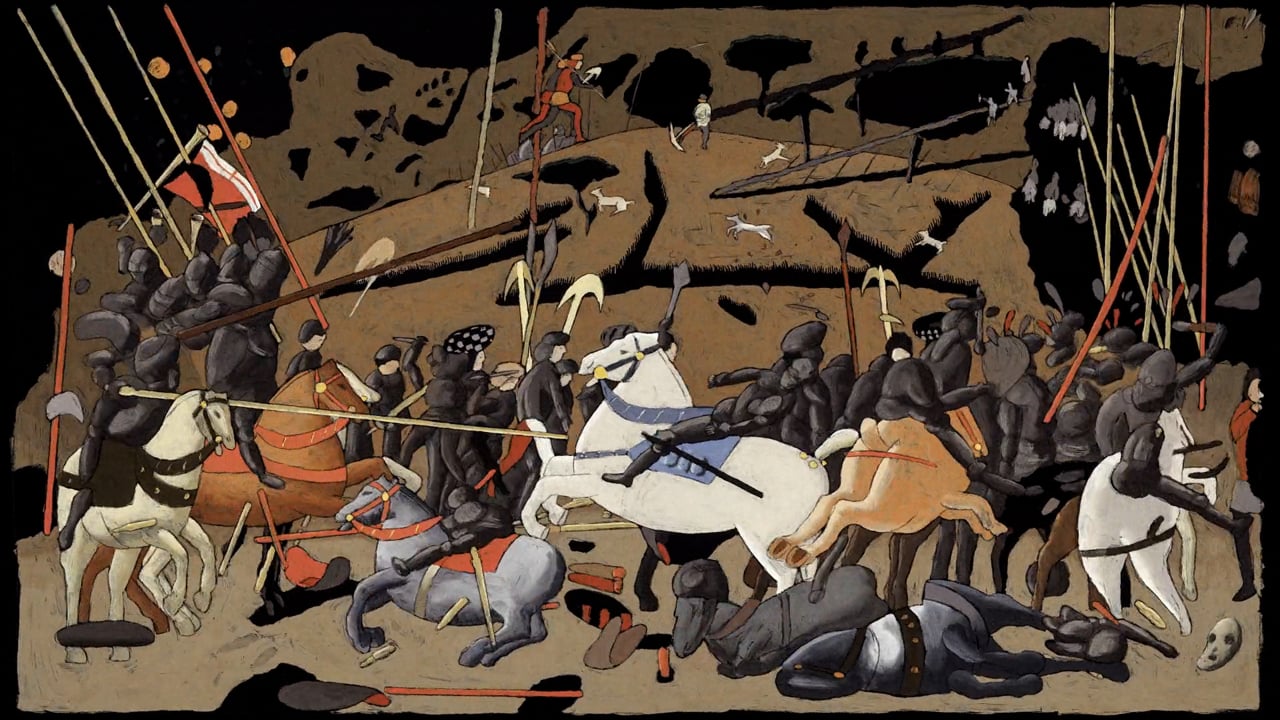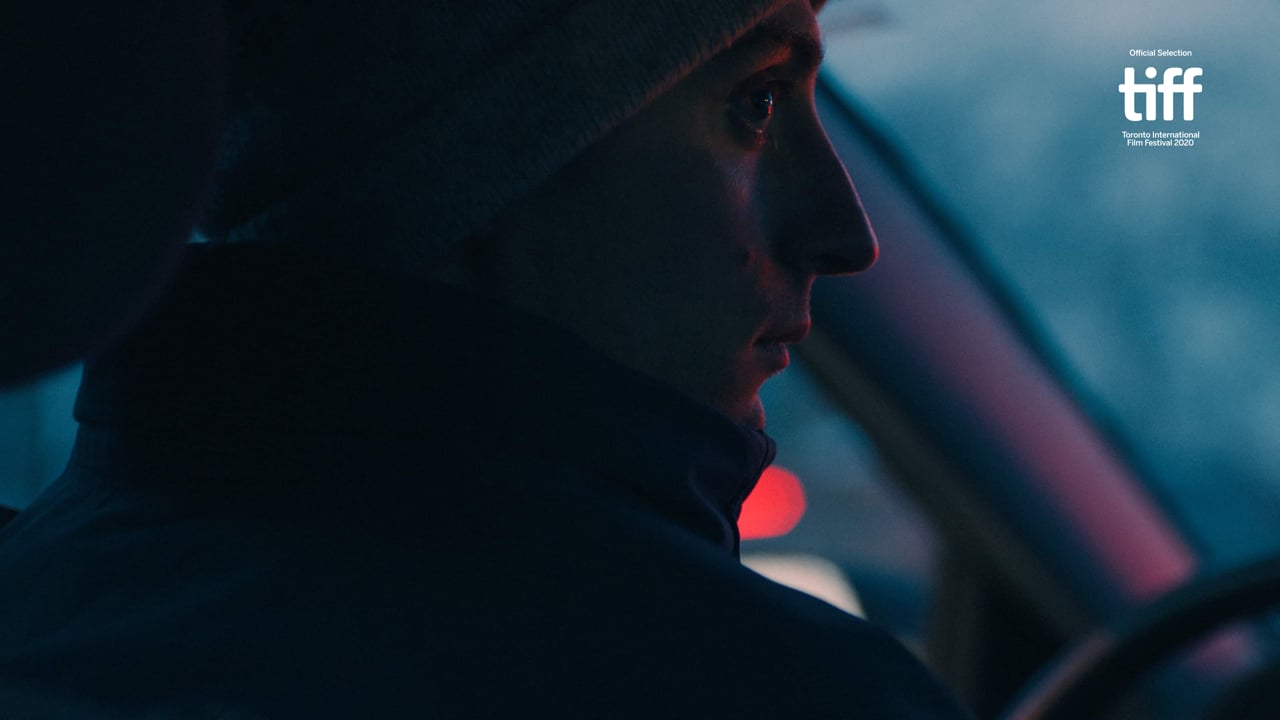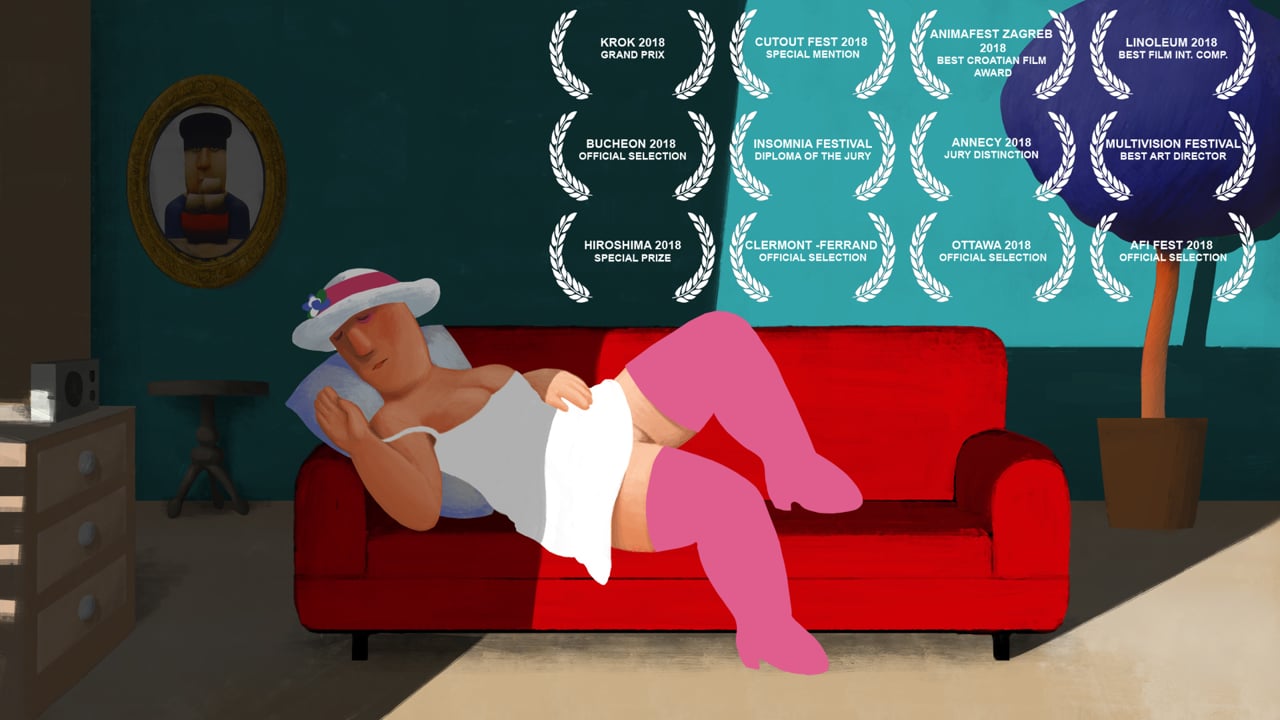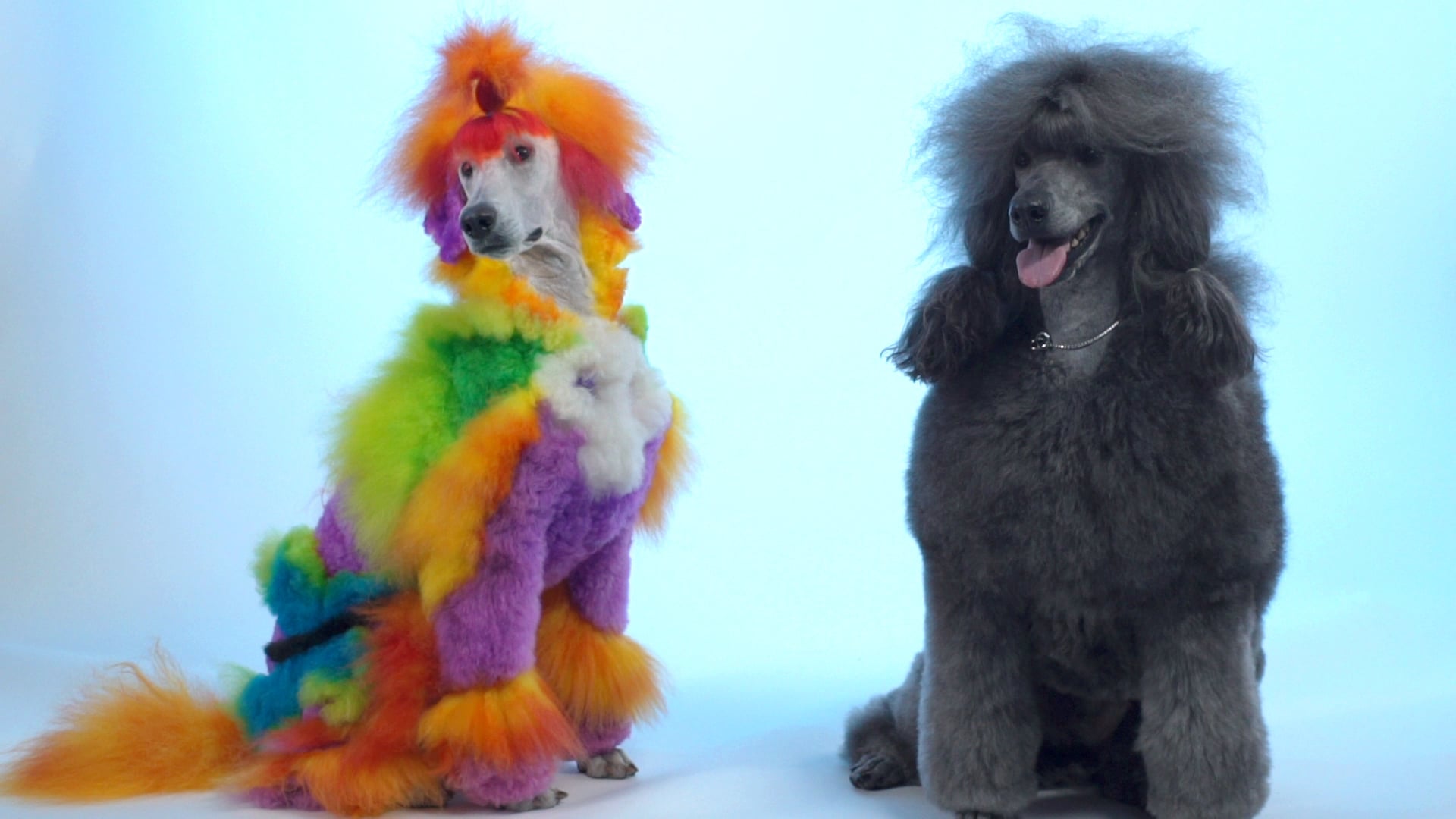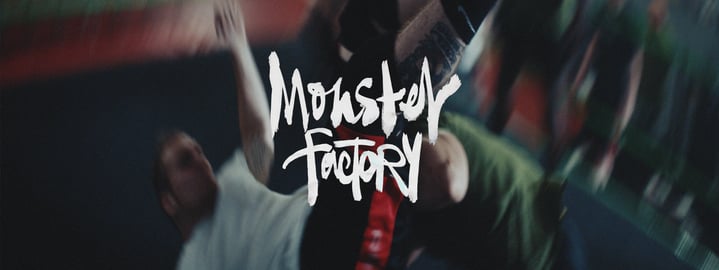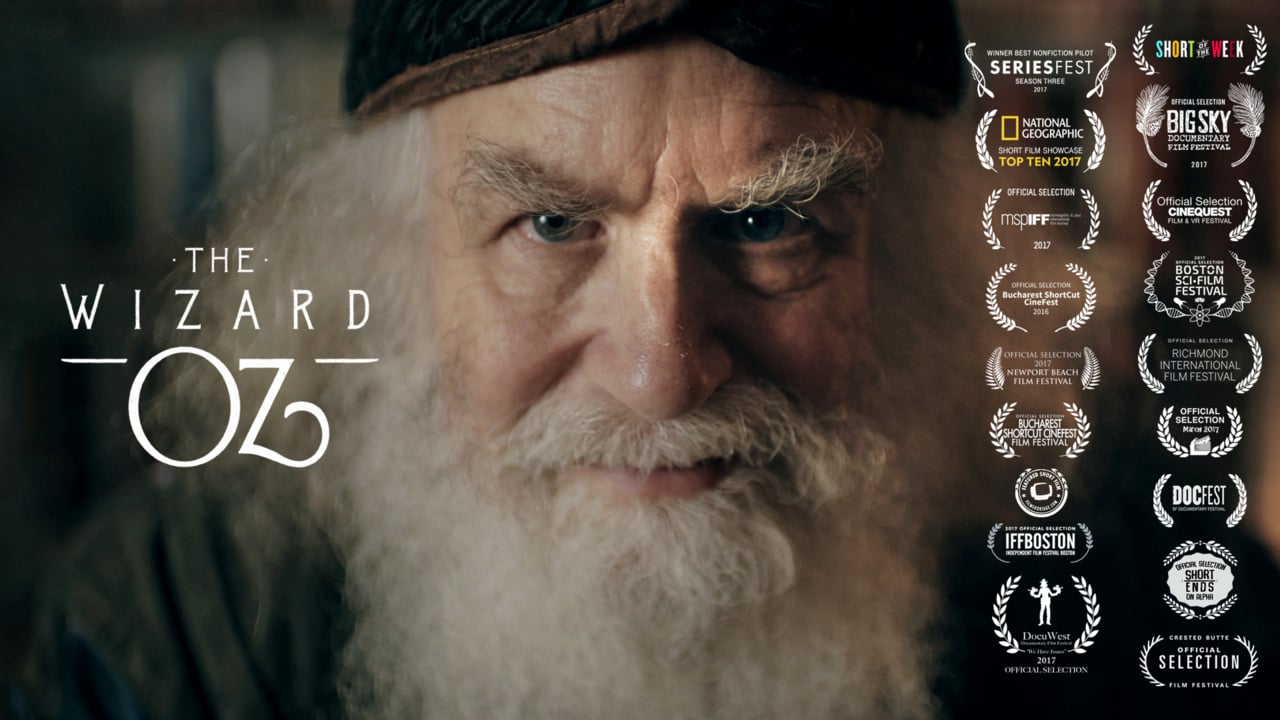For some artists, the process of actually creating work is their real discovery. Neither the finished piece of art nor perfectly executing an idea drives these artists, but instead, learning something new and/or following an unknown path. This is the case for Jake Fried, a 10-time Staff Picked filmmaker who has been perfecting his additive animation style for the last decade. In this week’s Staff Pick Premiere, we examine his latest work, “Brain Wave,” in which a single drawing is reworked 1,440 times. This one-minute film took nearly 7 months to complete, from the first hand-drawn frame to the final sound edit. With no formal storyboards to follow, Fried intuits his films, letting them “become themselves through the process of making.” His process is simple: draw an image with ink and white-out (and sometimes gouache, collage and coffee), scan the image into Adobe Photoshop, repeat, repeat, and repeat. After all of the images are scanned, they are sequenced at 24 frames per second, and Fried himself then carefully composes the audio track. “There is an inherent logic or rhythm that emerges as I make the work, I have developed an instinct or gut-feeling for when the next frame is ready to be scanned,” he says. “I can get quite obsessive about the smallest shifts within a fraction of a second.” The effect is mesmerizing and often transcendent. While paintings and drawings are typically stagnant, in Fried’s work, you can see the art actually come to life as the ideas, shapes, motifs, and patterns transform before your eyes.
What’s as remarkable as the films themselves is that he manages to do these in his free time outside of being a full-time animation professor at the Massachusetts College of Art & Design. Each week he puts in around 40-60 hours on his films, which usually only results in about 2.5 seconds of new animation. The dedication and obsessiveness required is apparent in both his schedule and style. For those lucky few to be in Boston in the next few months, “Brain Wave” will be on view, alongside the actual drawn surface used to create it, in the exhibit “The Skin Has Eyes: Animated Visions” at the Mills Gallery starting in late February.
